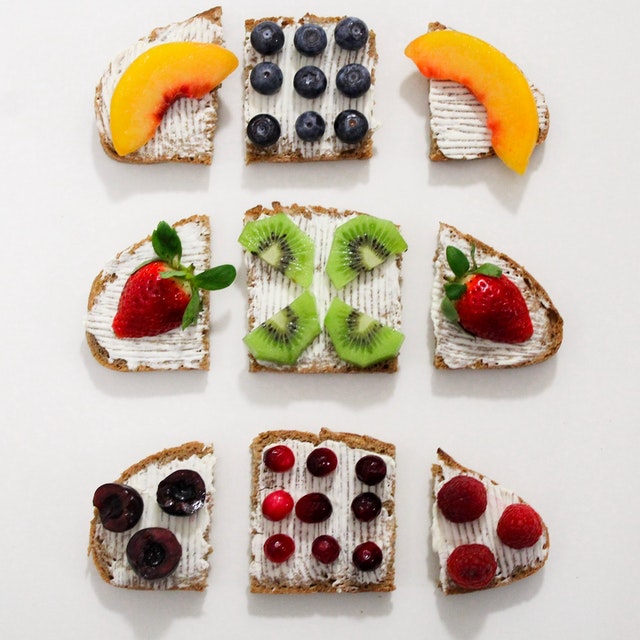
Controlling Diabetes with Diet
Controlling Diabetes with Diet – With a healthy diet and with regular exercise, diabetes can be controlled in a way that it won’t get any worse. Maintaining normal blood sugar levels can lessen the risk of having severe diabetes.
Controlling Diabetes with Diet, how? Here are a few general things you need to balance to have and maintain normal blood glucose levels:
- Taking prescribed medication for Diabetes
- Eating the right kind of food
- Doing regular exercise or any physical activity
Being able to manage these three basic things will definitely help achieve the optimal blood glucose levels.
What are Carbohydrates?
What is the role or what is the purpose of carbohydrates? Well, carbohydrates are the main source of energy for our body. About half of our daily calorie intake should have carbohydrates to have enough energy to get through the day.
What different food that are carbohydrates? These following carbohydrates break down into sugar in our blood:
- Bread
- Grains
- Starchy Veggies
- Fruits
- Dairy Products
- Sweets
Once the carbohydrates are broken down to sugar, the sugar gets stored and is as energy for the body. The presence of insulin is important in transporting the sugar to reach its designated storage area. Having too little insulin in the body will result in having high blood sugar levels. Controlling diabetes with diet is one of many ways to help reduce the risk of having severe diabetes.
Counting Carbohydrates? How does it work? Controlling Diabetes with Diet
Carb-counting (Carbohydrate counting) is the method of literally counting the amount of carbohydrates from the food or drinks you consume. Controlling diabetes with diet would include controlling how much carbohydrates you put in your body by distributing the amount evenly over your meals.
How do you know the amount of carbohydrates in your food or drink?
It is most probably listed on food labels at the back of the food packaging or it can be easily searched from the internet. It is better to read the labels including the serving size.
An example is 1 slice of toasted bread, with 1 teaspoon of peanutbutter, half of a regular sized banana, and 1 cup of regular milk is equivalent to three (3) carbohydrate servings or forty-five (45g) grams of carbs. (1 serving = 15 grams of carbohydrates)
Though google may provide a general idea of the amount of carbs in the food / drink you eat, having a registered dietitian by your side is definitely a bonus. A dietitian will help you with controlling diabetes with diet.
Are there Good and Bad carbohydrates?
The better carbs are those with a higher amount of fiber in them. Several research shows that getting right amounts of fiber regularly is beneficial for our health.
Fiber is a type of carbohydrate wherein fiber-rich foods will generally have more nutrients for the body. That explains why fiber is not in meat, fat and not even in dairy products. The following are examples of carbs with fiber are the following:
- Whole grain bread
- Whole grain cereals
- Whole grain pasta
- Brown Rice
- Barley
- Beans and Lentils
Fruits are also a great source of fiber. It is suggested that some fruits be eaten with their skin on. However, don’t forget to wash them. Fresh fruits and vegetables will always be better than canned ones. Less processed would mean more fiber.

What does Regular Exercise mean?
Controlling diabetes with diet would not only mean the regulation of food intake but also the amount of physical activity you do daily. With regular exercise (which would mean any physical activity such as dancing, home workouts, walking, gardening, etc), the following benefits will be achieved:
- Insulin Sensitivity Increases
- Promotes Healthy Bones
- Promotes healthy weight
- Improves Sleep
- Help lower blood glucose levels
It is always best to check with your doctor!

